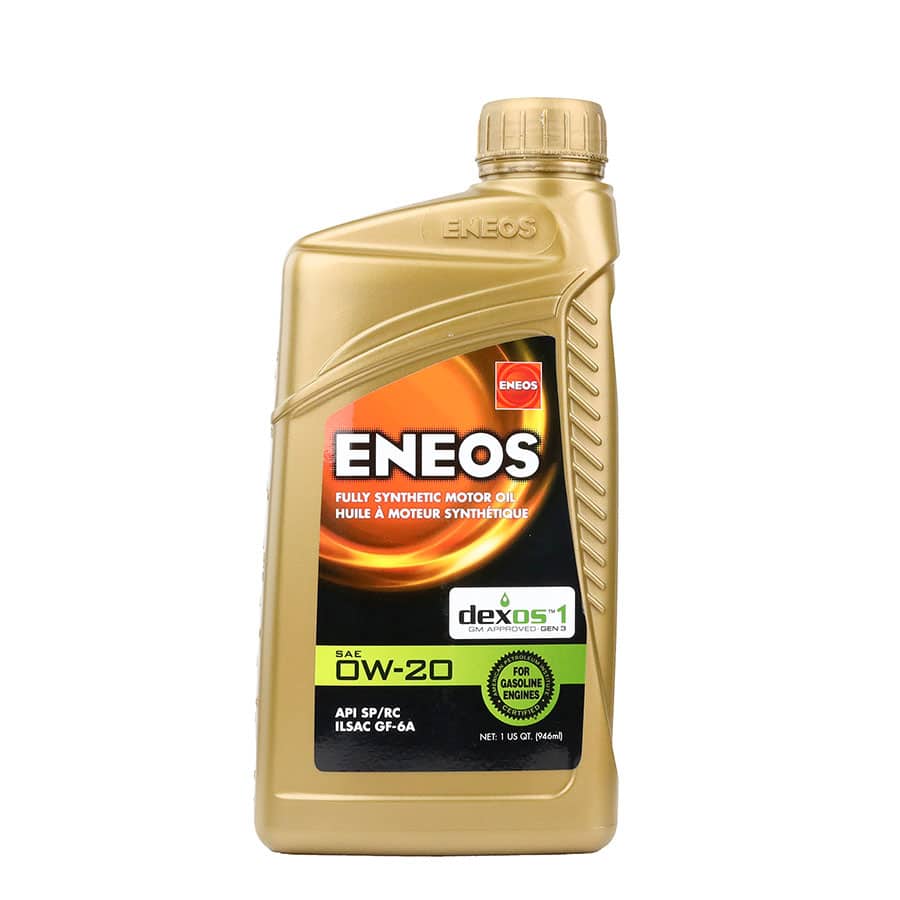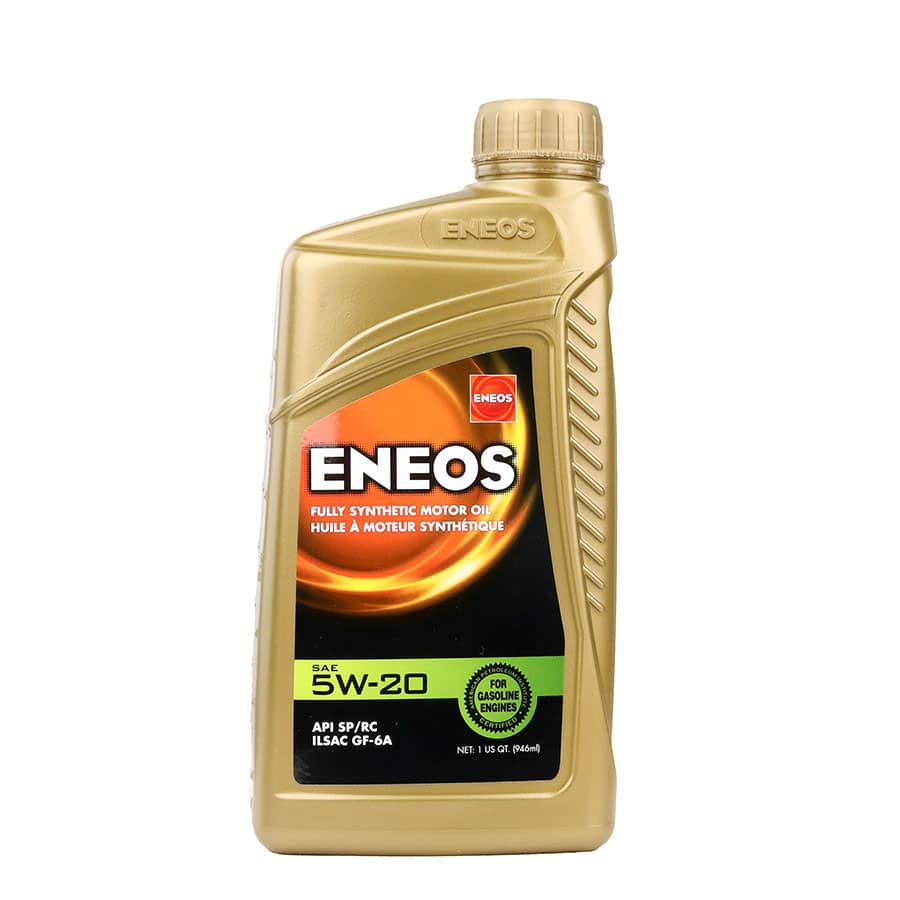DYK: Honda CR-V Oil Consumption Issues
Here’s What You Need to Know (and What You Can Do About It)
We get lots of questions at ENEOS about engine oil—everything from viscosity recommendations to solving weird oil problems. One issue that’s been coming up more often lately is fuel dilution in the 1.5-liter turbocharged engine found in certain Honda CR-Vs. If your customers are wondering why their oil smells like gas or their engine isn’t running quite right, keep reading—we’ve got answers.
What’s Behind Honda Oil Consumption?
Here’s the short version: some Honda CR-Vs, especially those with the 1.5L turbo engine, are experiencing oil dilution—meaning raw fuel is mixing with the engine oil. That’s bad news because it messes with the oil’s ability to do its job. When fuel thins out your oil, it can’t lubricate engine parts properly, which increases wear and tear and can eventually lead to costly damage.

Diluted oil loses viscosity and protective properties, which means:
- Poor engine performance (think misfires, rough idling, or sluggish acceleration)
- Higher chances of overheating due to poor heat dissipation
- The formation of sludge and corrosive acids that can seriously hurt engine components
- Shorter oil life, requiring more frequent oil changes (and more money out of their pocket)
Honda has acknowledged this issue and even rolled out software updates and warranty extensions for affected models. But the good news? There are things that can be done to help reduce the problem.
How to Protect Honda Engines from Oil Dilution
For your customers with a CR-V or another Honda with the 1.5L turbo, here’s what we recommend:
- Stick to Regular Oil Changes
Follow Honda’s recommended intervals—but if they mostly take short trips or live in a colder climate, changing oil more often might be a good idea.
- Stick to Regular Oil Changes
- Use the Right Oil (Seriously, It Matters)
Make sure they are using the exact oil grade and specs Honda recommends. Better yet, choose a high-quality oil like ENEOS, engineered for today’s advanced engines—including turbocharged Hondas. - Check Your Oil Regularly
Ask them to pop the hood every once in a while. If their oil smells like gasoline or the oil level is rising instead of going down, that’s a red flag for fuel dilution. - Take Longer Drives Now and Then
Short trips don’t let the engine fully warm up, which is when dilution gets worse. A good highway run now and then helps burn off that extra fuel in the oil.
- Use the Right Oil (Seriously, It Matters)

ENEOS 0W-20
[Part# 3701-300]

ENEOS 5W-20
[Part# 3241-300]
Final Thoughts
Like you, we’re all about helping people get the most out of their vehicle, and that starts with using the right oil and understanding what’s going on under the hood. If you’ve been searching for the best oil for Hondas or wondering how to handle Honda CR-V oil problems, we hope this clears things up.
Still have questions about oil for your Honda? Drop us a line—we’re always happy to help.
